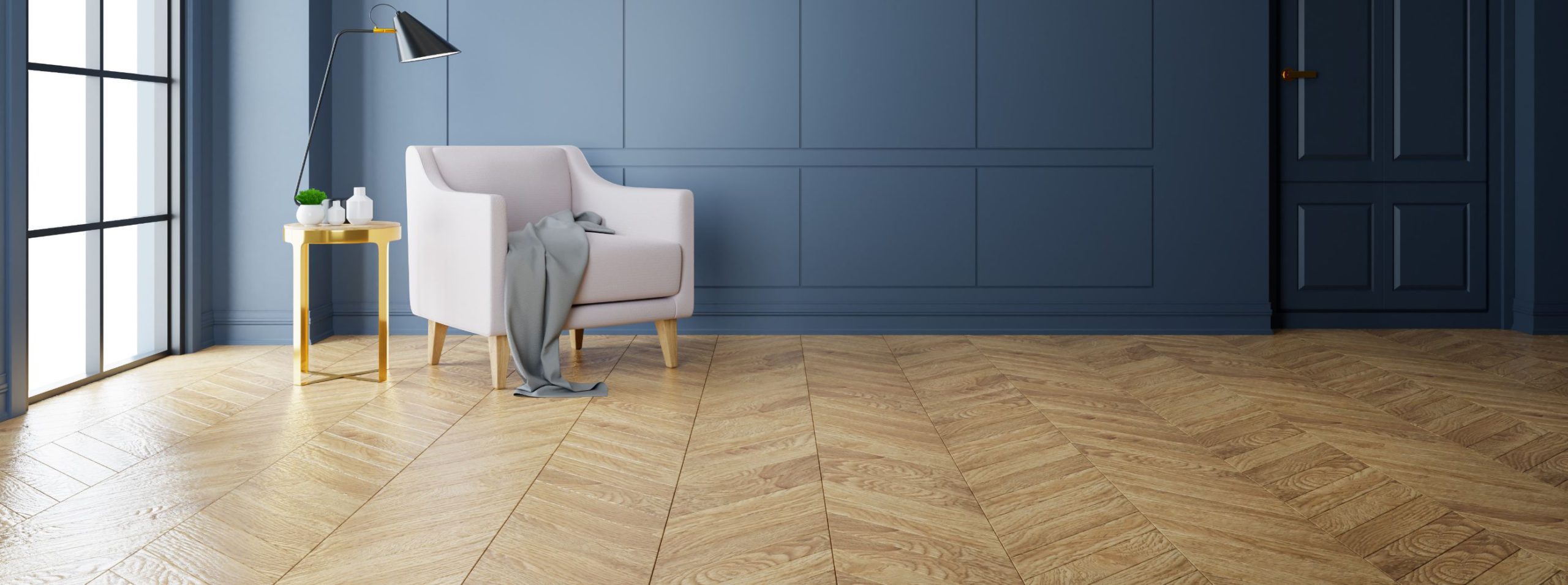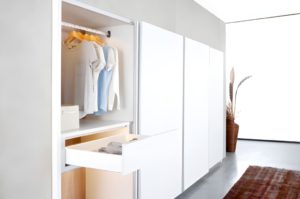Are you tired of the same old plain flooring in your home or workplace? Do you want to create a unique and durable flooring solution that will add both style and function to your space? Look no further than floor paints and design! In this article, we will discuss how to use colour, texture, and patterns to create beautiful and long-lasting floors. We’ll also provide tips on selecting the right floor paint and finish for your specific needs.
Colour
The right colour can help tie together all the different design elements in the room and make your space look and feel cohesive. Choosing the right colour combination for your floors can be a daunting task, but there are some simple guidelines to follow. Firstly, you should consider the overall style of the room. Is it modern or traditional? Minimalist or eclectic? This will give you a starting point for selecting a colour palette that complements the style of the room.
Next, you should take into account any existing furniture and decor. Look for colours that will work well with the colours in your furnishings, fabrics, and accessories. You may want to choose a colour that complements your wall colour or a neutral colour that will allow your decor to take centre stage.
If you have warm wood tones in the room, it’s a good idea to choose cooler colours for your floors. This will help balance out the space and prevent it from feeling too warm and heavy. Some good options for cool floor colours include shades of blue, grey, green, and white. On the other hand, if you have cooler tones in the room, such as cool greys or blues, warm floor colours can create a cosy and inviting atmosphere. Warmer tones like beige, brown, and red can help balance out the coolness of the room and create a sense of warmth and comfort.
Texture
Texture is an essential design element that can give your floors a unique and visually appealing look. It refers to the surface quality of your flooring, including how it feels and looks when touched or seen. Texture can add depth and interest to your flooring, making it stand out and adding visual interest to your space.
You can add texture to your floors in several ways, such as using a textured roller during application or adding an aggregate to the floor paint. Textured rollers come in different patterns and can be used to create a variety of effects, from a subtle texture to a more pronounced pattern. Adding an aggregate, such as sand or gravel, to your floor paint can also create a textured effect that adds interest and depth to your flooring.
The type of texture you choose for your floors will depend on the style and function of the space. If you have a rustic or industrial space, rougher and more natural textures, such as concrete or stone, can help create a warm and inviting atmosphere. A smooth and glossy finish may not fit well in these types of spaces, as they can create a cold and sterile environment.
For a sleek and modern space, smoother and more refined textures are a better choice. Polished concrete or epoxy coatings can create a clean and polished look that complements the modern aesthetic. Textures that are too rough or rustic may clash with the sleek and minimalist design of a modern space.
Patterns
Using patterns with floor paints is an excellent way to add a unique and personal touch to your floors. Patterns can be used to create a wide range of looks, from bold and dramatic to subtle and understated. There are countless options for creating patterns, including stencilling, taping, and freehand painting. Some popular patterns include stripes, chevron, and Moroccan-inspired designs.
When selecting a pattern for your floors, it’s important to consider the size and shape of the room. A large, busy pattern may overwhelm a small room, while a simple pattern may look too plain in a larger space. You should also take into account any existing patterns in the decor, such as wallpaper or upholstery. Choosing a pattern that clashes with the existing patterns can create a chaotic and overwhelming look.
Polyurethane Floor Paints
Now that you know how to design your floors, it’s time to choose the right floor paint. Polyurethane floor paints are a great option for those looking for a durable and long-lasting solution. Polyurethane is a type of synthetic resin that provides excellent scratch and chemical resistance. It’s also easy to clean and maintain, making it ideal for high-traffic areas. When selecting a polyurethane floor paint, consider the level of sheen you want and any specific requirements for your space, such as slip resistance.
Floor paints and design offer endless possibilities for creating a unique and durable flooring solution. But through the process of assessing the overall style of the space and any existing decor, you can create a cohesive and beautiful design. Don’t be afraid to experiment with different colour options and see how they work with your space. With a little creativity and some careful consideration, you can design floors that are both functional and beautiful.




Be First to Comment